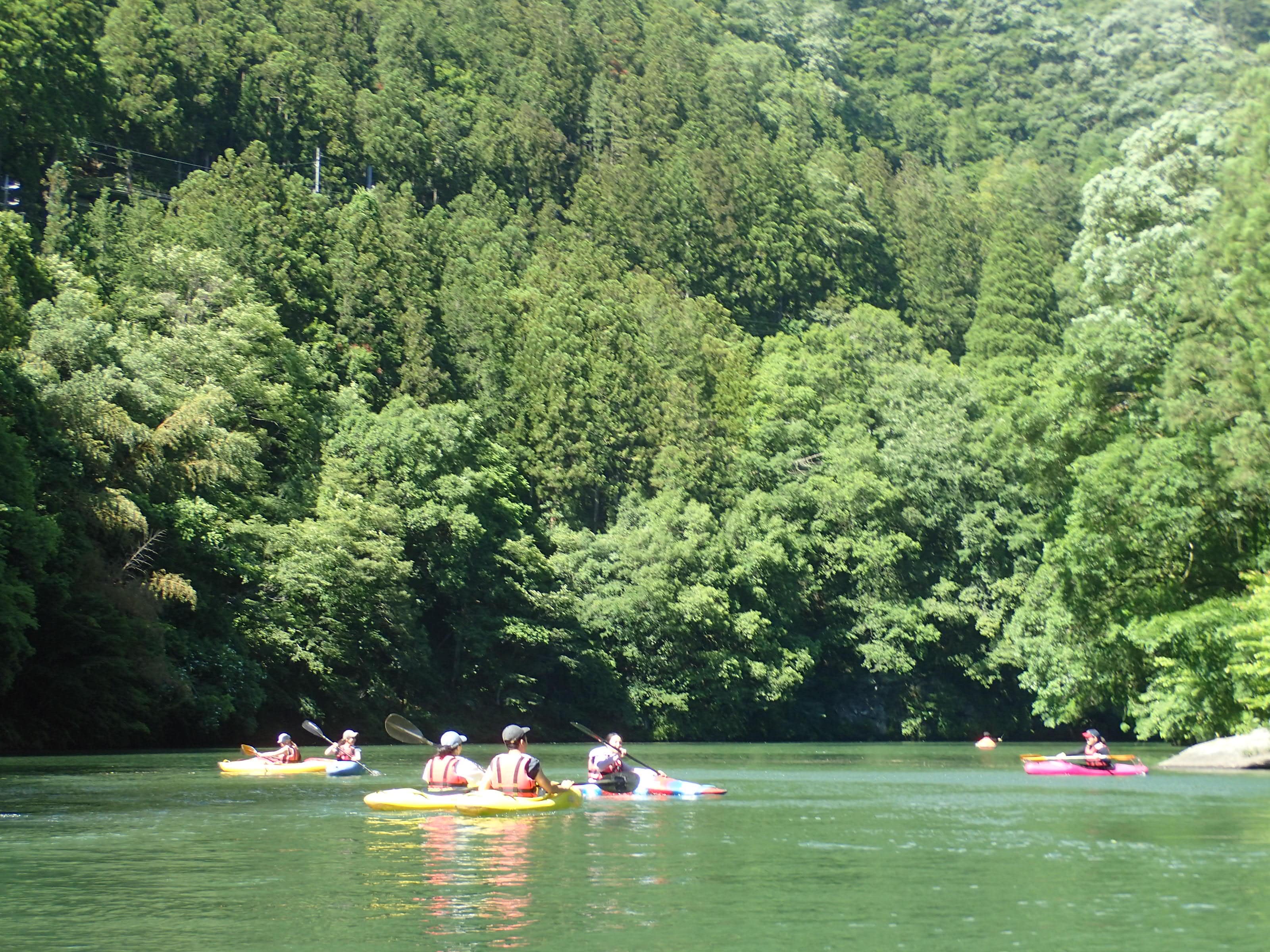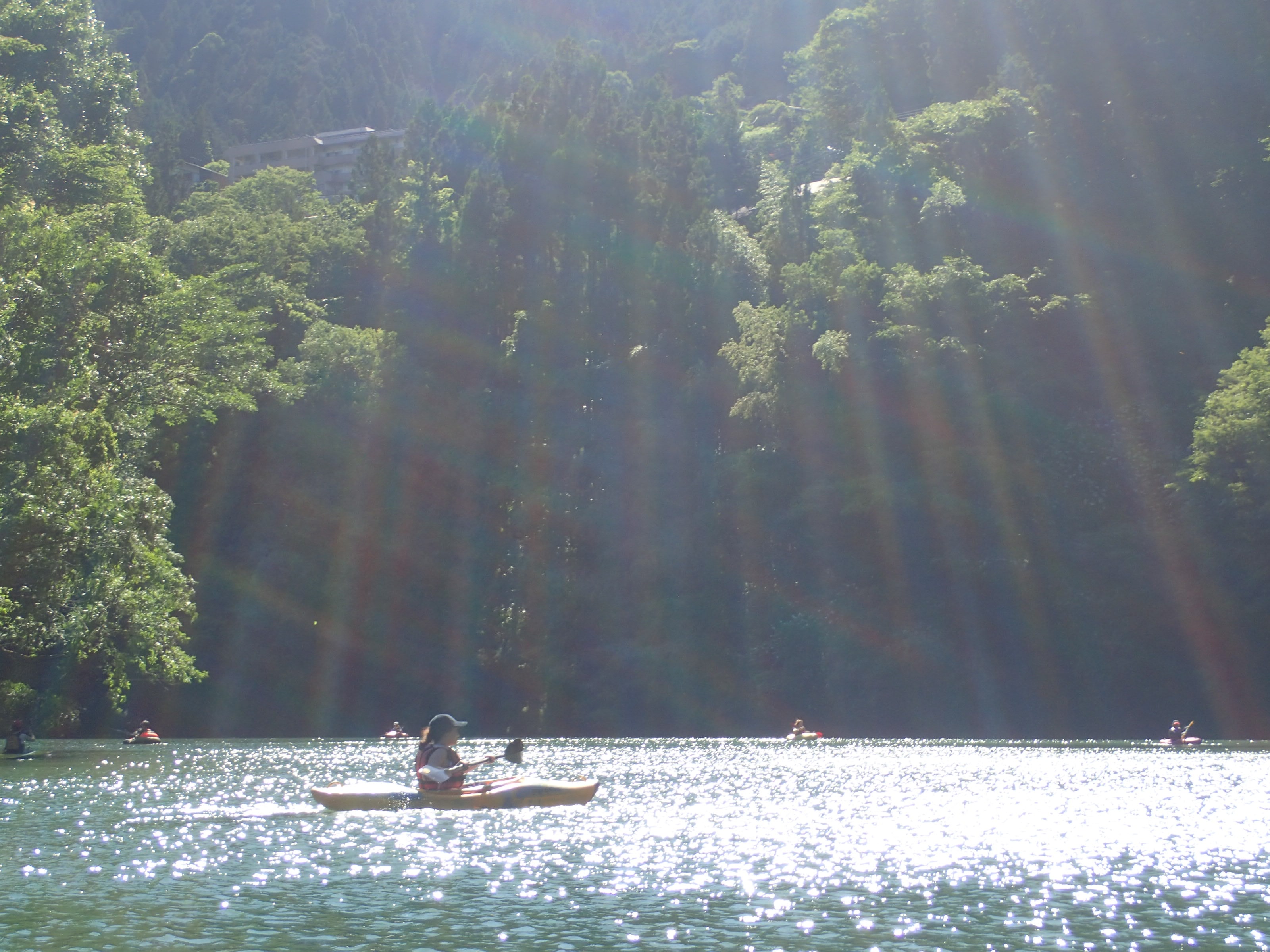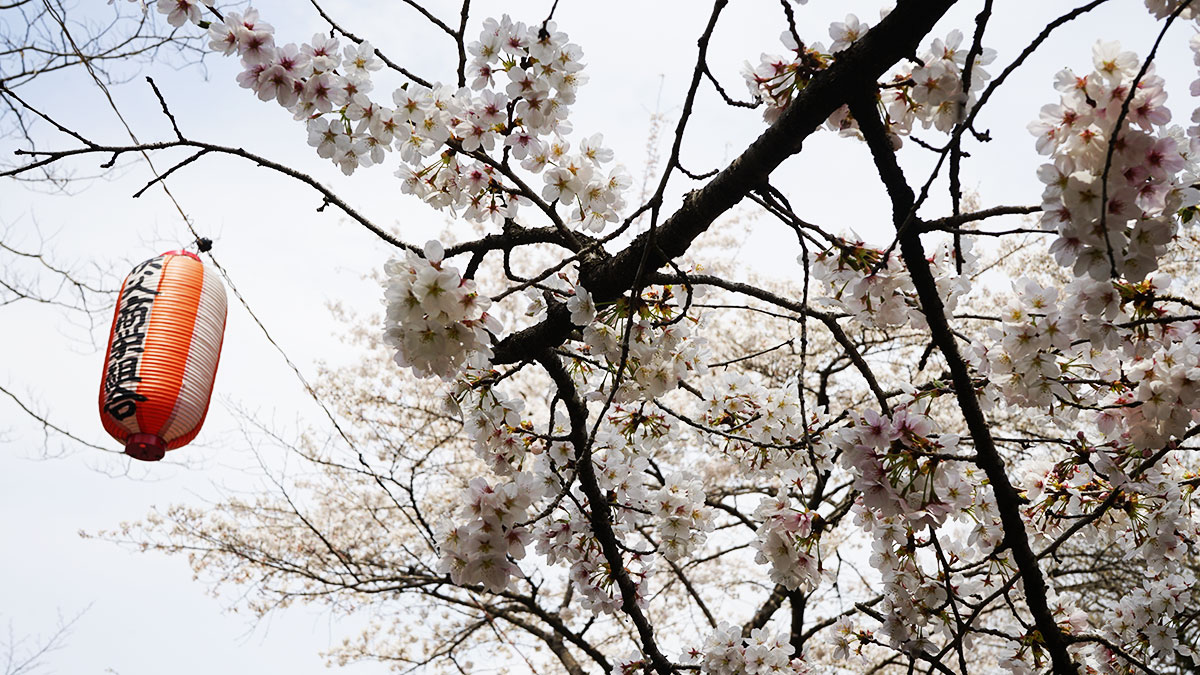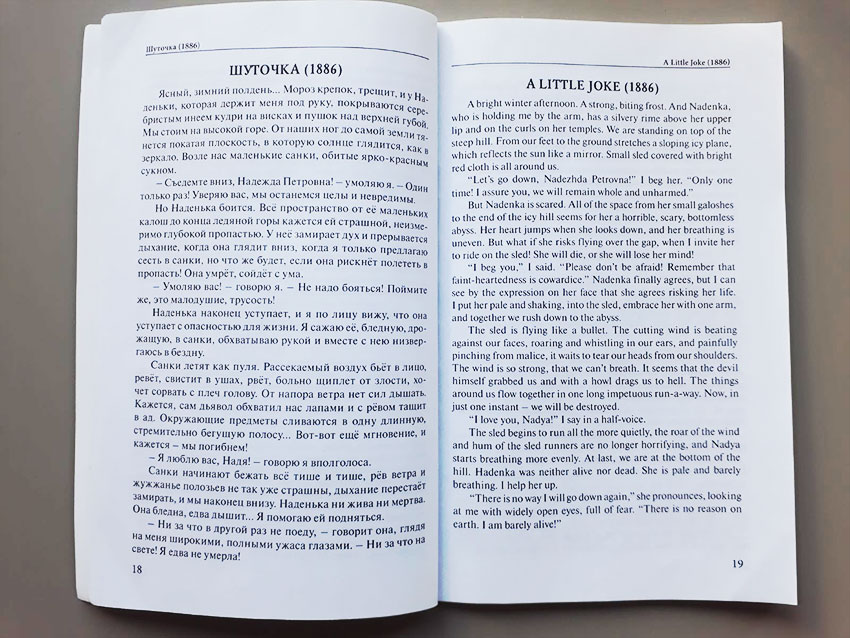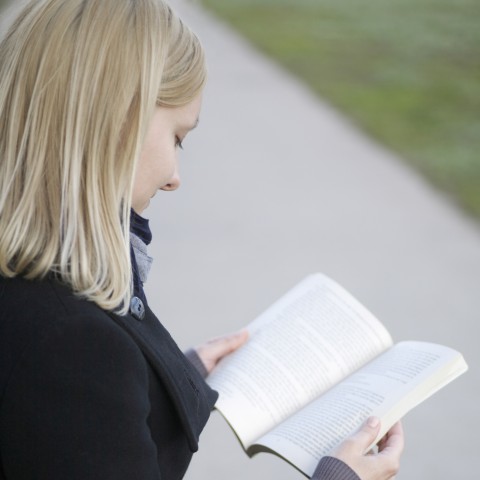September 2019: We Crossed ‘Climbing Mt. Fuji’ Off Our Bucket List
October 4th, 2019 An amazing photo taken by Erik, the official photographer of the hiking group
An amazing photo taken by Erik, the official photographer of the hiking group
On September 7th, 5 people (Anna, Lya, Meg, Erik and Kyejin) headed to Mount Fuji.
I’m sure you’ve heard about this most famous mountain in Japan. According to Wikipedia:
Mount Fuji (富士山; Fujisan), located on Honshū, is the highest volcano in Japan at 3,776.24 m (12,389 ft), 2nd-highest volcano of an island in Asia (after Mount Kerinci in Sumatra), and 7th-highest peak of an island in the world. It is an active stratovolcano that last erupted in 1707–1708. Mount Fuji lies about 100 kilometers (60 mi) south-west of Tokyo, and can be seen from there on a clear day. Mount Fuji’s exceptionally symmetrical cone, which is snow-capped for about 5 months a year, is commonly used as a symbol of Japan and it is frequently depicted in art and photographs, as well as visited by sightseers and climbers.
Mount Fuji is one of Japan’s “Three Holy Mountains” (三霊山 Sanreizan) along with Mount Tate and Mount Haku. It is also a Special Place of Scenic Beauty and one of Japan’s Historic Sites. It was added to the World Heritage List as a Cultural Site on June 22, 2013. According to UNESCO, Mount Fuji has “inspired artists and poets and been the object of pilgrimage for centuries”. UNESCO recognizes 25 sites of cultural interest within the Mount Fuji locality. These 25 locations include the mountain and the Shinto shrine, Fujisan Hongū Sengen Taisha, as well as the Buddhist Taisekiji Head Temple founded in 1290, later immortalized by Japanese ukiyo-e artist Katsushika Hokusai.
We started hiking from the 5th station around 8:20 pm after dinner and came back to Tokyo in the evening on the following day. It was tough but fantastic and definitely a worth-trying experience.
Keep reading the post and check out amazing pictures of Mount Fuji below!
1. How was the activity? Score from level 1 (bad) to 5 (good). Why?
 The photo taken when we could still smile…
The photo taken when we could still smile…
Anna: This is hard to answer…5 of course but there was some suffering but it was worth it!
Lya: 4. I wanted to do this for a long time and doing it with everyone made it better! It was really cold and dusty tho (TдT)
 What the crater of Mt. Fuji looks like…
What the crater of Mt. Fuji looks like…
Meg: 4. It was a bit rough but still a good time.
Erik: 5, after 1 full week to recover, I can say that the whole activity was fantastic. Mount Fuji is not a really difficult mountain to climb, it’s a fun experience overall. I hope I would have brought 2 more layers because it gets really cold at the top.
 In the morning
In the morning
Kyejin: 5, Many of my friends said it was a near-death experience so I thought I might not be able to make it but it wasn’t as hard as I expected. I was just too scared xD but that doesn’t mean that it was easy. It was hard enough to challenge once in my life at least!
2. How was the scenery/sightseeing there? Score from1 (bad) to 5 (good). Why?
 The scenery from the top
The scenery from the top
Anna: The sunrise was 10 and the night sky was even better. Climbing down was not nice. The views were good but the hill was dangerous. You had to be careful to step so we couldn’t watch the scenery all the time.
 Beautiful night sky
Beautiful night sky
Lya: 5 for the sunrise and the view above the clouds ♡
Meg: 6
 The sunrise
The sunrise
Erik: 5 / 2
- On the way up: The scenery is really beautiful, especially in the sunrise.
- On the way down: The scenery sucks, it’s pretty much a desert mountain.
 The “desert mountain” Erik mentioned…
The “desert mountain” Erik mentioned…
Kyejin: 5, Stunning. Words can’t describe it. Go and check yourself ㋡
3. What was the most memorable moment of this trip?
 Right before the sunrise
Right before the sunrise
Anna: Seeing the starry sky at night!
 Getting brighter
Getting brighter
Lya: Seeing the sunrise
Meg: Seeing the sunrise
 The sunrise that everyone chose as the most memorable moment of the trip
The sunrise that everyone chose as the most memorable moment of the trip
Erik: Early Dinner before going up all together at 5th base camp. Sunrise at the top! Finally getting all together at the last stop!
Kyejin: Can’t pick one!
- Seeing the starry sky at night and taking pictures of it (realizing how great my camera is…)
- Seeing the sunrise when it was so windy and cold…
- Taking a nap on the top of Mt. Fuji near the crater.
- Running down Mt. Fuji in the rain (worrying about the typhoon coming on the day…)
4. How was food? What was your favorite?
 Dinner at the 5th station
Dinner at the 5th station
Anna: Can’t apply. I brought food from home.
Lya: I was hoping there would be more food options when getting to the 5th station, but most of it was sold out. Huge Nikuman saved me from starvation, so I’ll vote for Nikuman
Meg: Food was not bad but nothing special lol
Erik: The Nikuman was really good. And the Fuji mountain Katsu Kare was fantastic!
Kyejin: I don’t remember the taste of all the snacks I had actually. I ate them just to survive from Mt. Fuji and the coldness.
5. Will you recommend this place to others? Score from 1 (No way) to 5 (Absolutely). Why?

Anna: 2.5, you need the motivation to go so wouldn’t force anybody, although I hope this tradition goes on and other ILL people climb it next year!

Lya: 5 if it’s on your bucket list, 2 if not.
Meg: I recommend you to go but please wear enough warm clothes.

Erik: 5, You need to have this experience once. It’s truly fantastic. It’s a rite of passage that separate child from Man / Woman. Now you stop being a caveman to become a hunter, a leader.
Kyejin: 5, Yes, if you live in Japan, it’s totally worth trying ☺ Try it when you’re still young! haha
6. Any comment?

Anna: We did it!!
Lya: Achievement complete ★
Meg: Mt. Fuji!!!! △

Erik: I’m never, in my life, gonna climb MT. Fuji again, Swipe left.
Kyejin: So I crossed one item off my bucket list… so I don’t need to go there again lol It was an amazing experience with amazing people! I couldn’t breathe well (my heart hurt so much…!!!) as the altitude became higher and higher but thanks for waiting for me >_< ♥︎

~ Anna, Lya, Meg, Erik, Kyejin
P.S. Anna drew the sunrise we saw from Mt. Fuji ↓

P.P.S. Erik said: ‘we hate fuji’. that’s the title of the post XD
P.P.P.S. August was too hot for hiking so we canceled it. Our next activity is a trip to Disney Sea on October 11th, 2019! Yay!




 Breakfast time
Breakfast time Our home from June 6 to 7
Our home from June 6 to 7 Kitchen
Kitchen Barbecuing Outside
Barbecuing Outside In the Supermarket
In the Supermarket Lake Kawaguchi
Lake Kawaguchi Arakura Fuji Sengen Jinja (新倉富士浅間神社)
Arakura Fuji Sengen Jinja (新倉富士浅間神社) Chureito Pagoda (忠霊塔)
Chureito Pagoda (忠霊塔) The View from Our Cabin
The View from Our Cabin The Misty City
The Misty City Playing UNO
Playing UNO Making S’more
Making S’more We Made S’more!
We Made S’more! Lya Catching a Bug
Lya Catching a Bug Hairdressers and a Customer
Hairdressers and a Customer Barbecuing in an Argentinian Way(?)
Barbecuing in an Argentinian Way(?) Happy Dinner Time
Happy Dinner Time Cooking Pasta
Cooking Pasta Team BBQ
Team BBQ Best Breakfast
Best Breakfast Hiking Seriously
Hiking Seriously Hydrangea Near Lake Kawaguchi
Hydrangea Near Lake Kawaguchi Walking in the Rain
Walking in the Rain Fun Shopping Time
Fun Shopping Time Results of UNO
Results of UNO On the Bus
On the Bus




